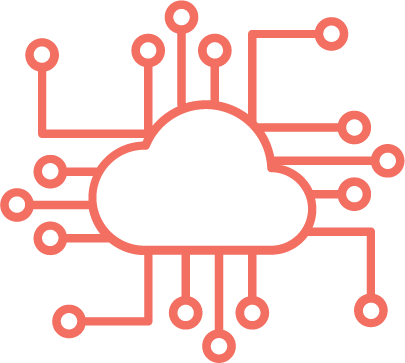The following is one of several insights available in the newly released Women Corporate Tech Executives in America Report from the WBC
The need for diversity in technology is well understood and is now a foundational component of recruitment, retention, and talent management for all organizations at all levels. Technology teams with strong gender and racial diversity, while advancing equality and economic opportunity, also ensure businesses develop products and services that reflect the needs of the customers and communities they serve.
The case for advancing women in technology, in particular, is clear:
- According to the U.S. Bureau of Labor Statistics, technology jobs are among the fastest-growing in the U.S. economy.
- These technology jobs often pay more than double the average U.S. salary and are key drivers of economic growth and socioeconomic mobility.
- By increasing the number of women in technology, we will increase women’s cumulative earnings and their influence on the global economy and, ultimately, on society.
The Much-Needed Involvement of Women In Telling the Data Story
Leaders in technology must evaluate not only how gender diverse our technology organizations are overall but how diverse we are in specializations, from application development to information security. Nowhere is inclusivity more important than in data science and data analytics.
Women play a critical role in data science and analytics. Hillary Mason, a data scientist and founder of Fast Forward Labs, was quoted as saying, “Data is a tool for enhancing intuition.” Individuals and businesses now create and collect more data than ever before, and advances in artificial intelligence and machine learning have accelerated our ability to process vast amounts of data. But the data and tools alone cannot provide true business insights without the human aspect of data analytics.
It is the people leading data analytics who have an intuition for the stories the data might be telling us. They develop the data sets and questions that bring data insights to life. Women bring unique perspectives and benefits to this data “storytelling” against the rapidly increasing volume and variety of data that organizations are now managing in big data environments:
- A 2020 NCWIT Scorecard found that women graduating with computer and information science (CIS) degrees are more racially and ethnically diverse than men graduating with CIS degrees.
- To the extent that women pursue careers in data science or predictive analytics, their diversity plays a role in reducing data bias and improving the quality of work. According to a 2020 Boston Consulting Group study, “Interpreting causal relationships and correlations in large data sets requires subtlety, and both humans and machine learning algorithms can occasionally ‘see’ patterns that lead to spurious, biased, or even downright dangerous conclusions.”
- Data teams with diverse resources in gender and ethnicity ensure that data projects benefit from a variety of opinions and experiences that mitigate data bias, reduce data prediction errors and provide more balanced results.
Growing the Pipeline of Women Data Scientists
For women in data, there is some good news. A 2020 Burtch Works Executive Recruiting study found that the number of women in data science and predictive analytics jobs was slowly increasing. The most notable increases are coming at the individual contributor level 1 category, followed by the managerial level 1 category. While these numbers signal an increase in women in data science and analytics, much more needs to be done to encourage women in the early talent pipeline, middle management, and the senior leadership level in a space still largely dominated by men. BCG found that women pursuing STEM careers are disproportionately deterred from choosing careers in data by the negative image of data science as being overly abstract and competitive.
To attract more women to careers in data science and analytics, organizations must clearly communicate the purpose, the importance, and the tangible benefits that these roles bring to critical business decision-making. Then, organizations must actively develop and promote those women to senior data leadership roles. That change will foster a more inclusive and collaborative data community that produces data-driven business insights and innovations, leading to business process improvements, risk reduction, and, ultimately, revenue growth.
Summing up
While advancing equality and economic opportunity, diverse technology teams make sure that companies create goods and services that meet the needs of the clients and communities they serve.
-
Michelle Boston is Managing Director, Data Management Technology Executive for Bank of America.
View all posts








